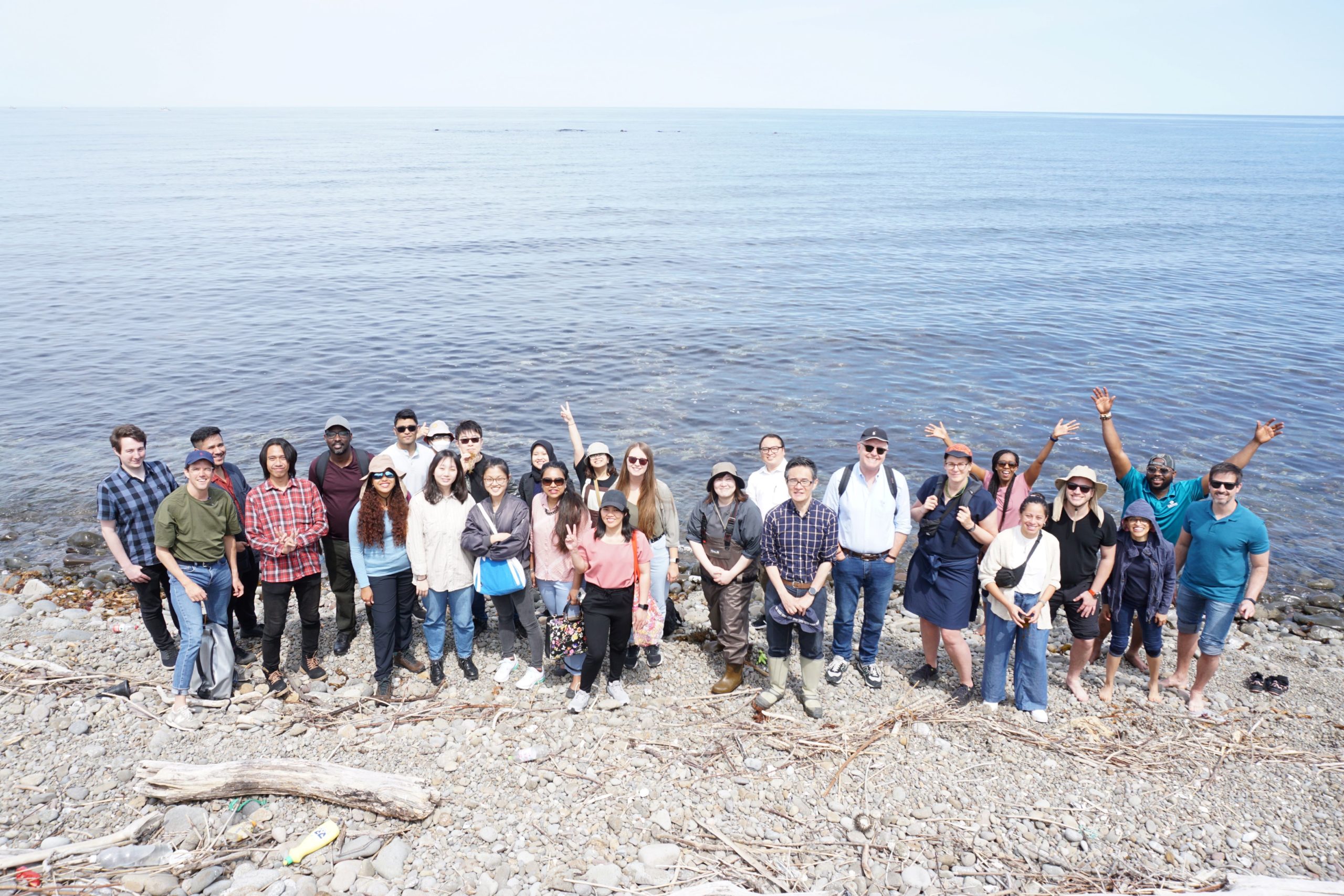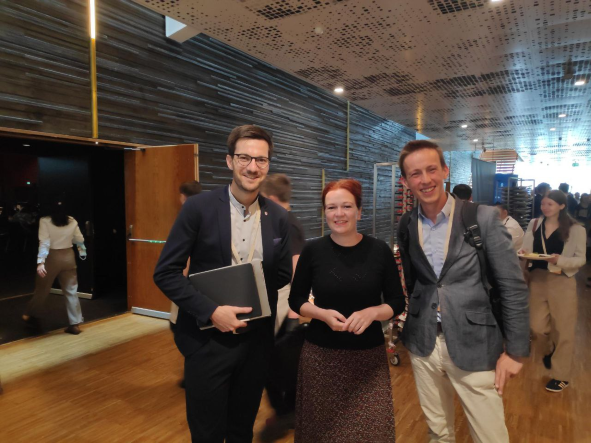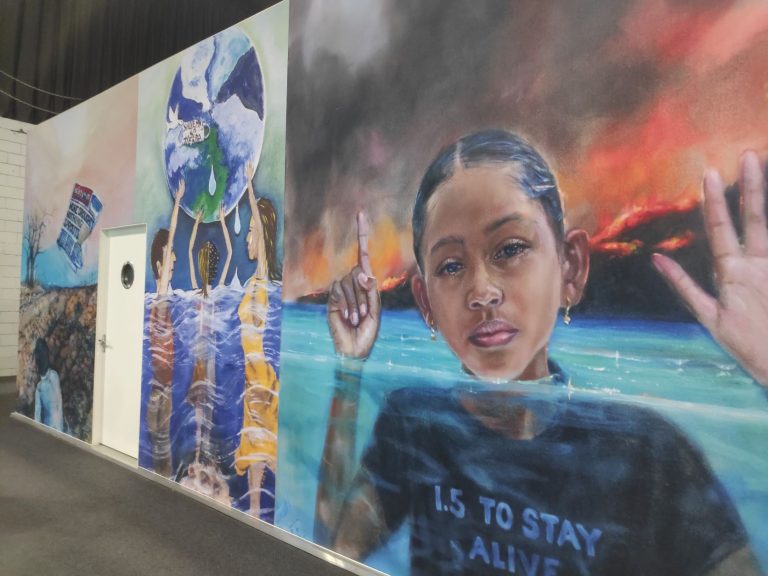Japan-BLOG: Can water be too clean? (Day 3)
BLOG 3. June 21, 2023. Exploring seaweed-bed restauration sites in Mashike city, isle of Hokkaido.
On the third day of our excursion, together with a group of IPADS students, we visited two of the three seaweed-bed restauration sites which are run by Prof. Mitsuo Yamamoto and his team from UTokyo in Mashike (Hokkaido). A vital keystone species in local marine ecosystems and fisheries, seaweed depletion has occurred for decades due to reduced iron supply in local estuaries. In Mashike, Prof. Mitsuo Yamamoto and his team have experimented with the introduction of iron slag (produced by the company Nippon Steel) and compost as a means to re-introduce iron fertilization, which is needed for the regrowth of (depleted) seaweed beds.
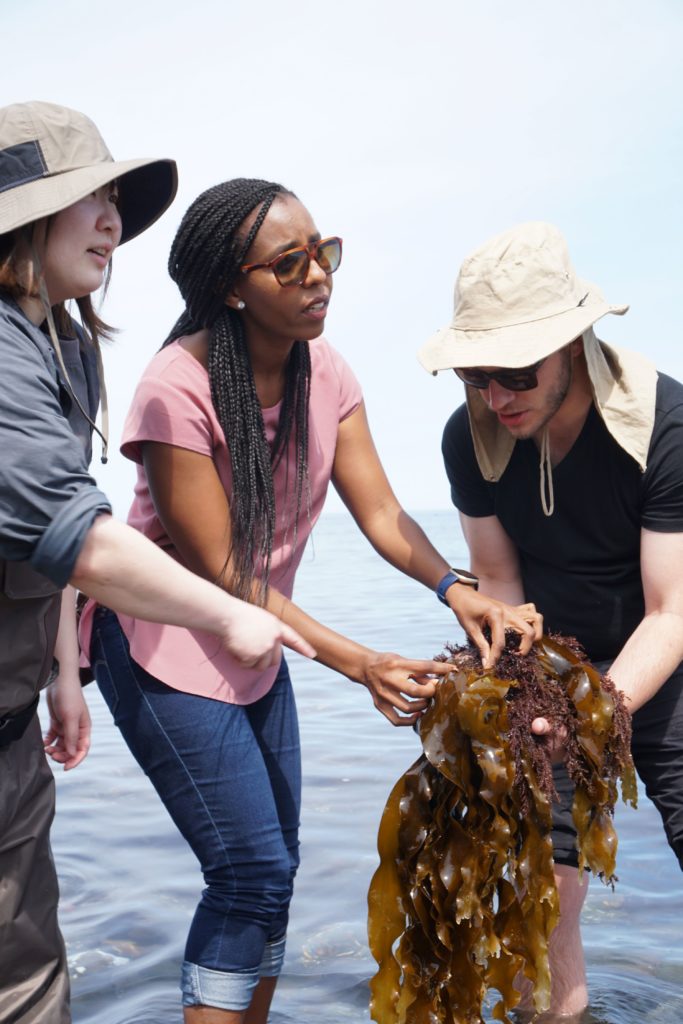
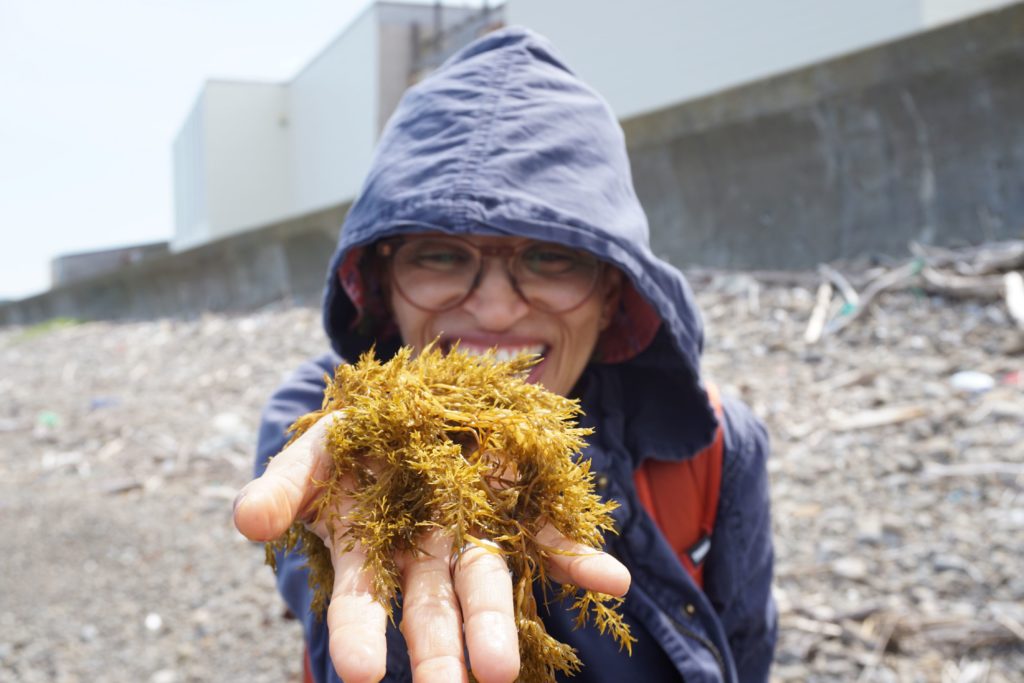
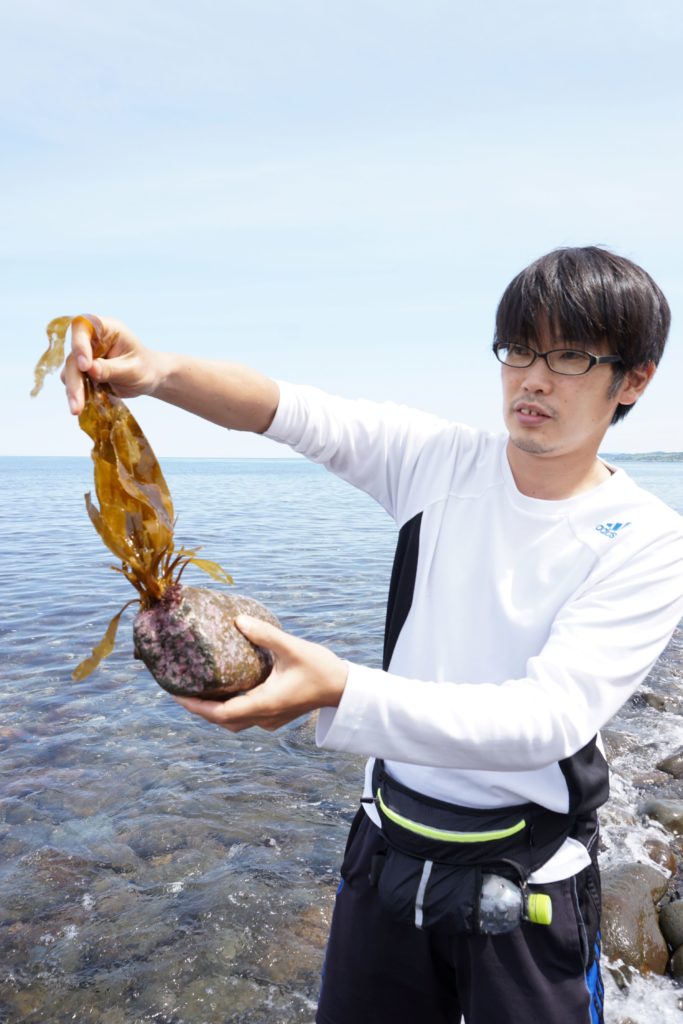
Causes of seaweed depletion
Seaweed depletion is a human-made problem. Normally, influx from the river and surface run-off would have maintained the nutrient levels in sea but these were blocked through four human interventions: 1) the damming of rivers, 2) flood protection structure along the shoreline, 3) deforestation and 4) regulating industrial sewage and chemical runoff into the sea.
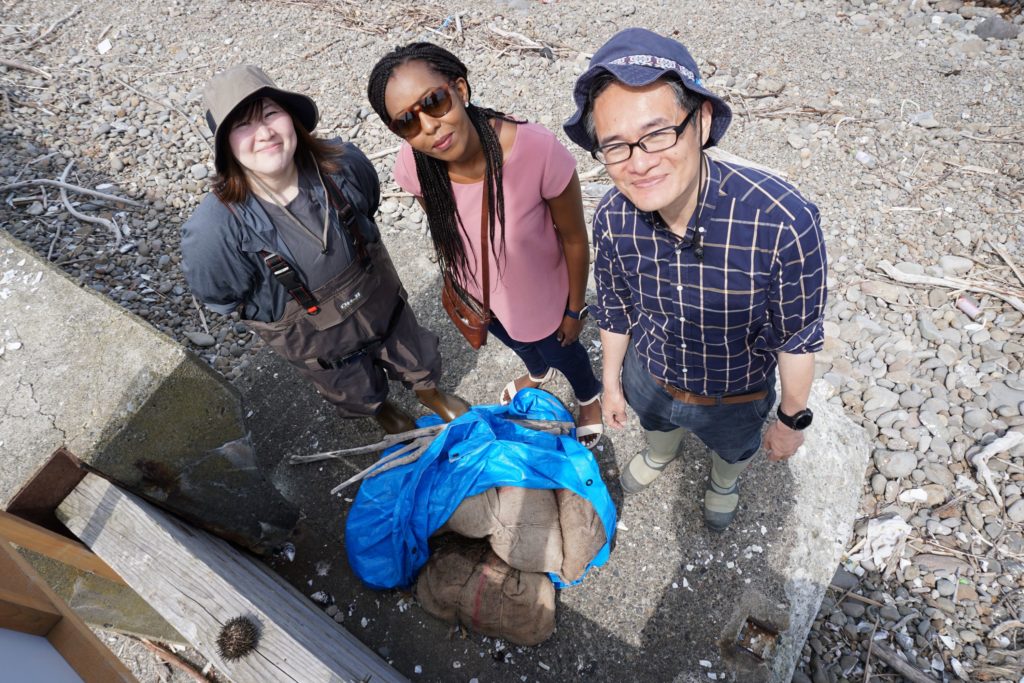
Water quality: Does local rice cultivation help or harm?
Next, the team visited the rice paddies lined by two of the local rivers that discharge into the local marine ecosystems. Here, Professors Mitsuo Yamamoto and Yuyi Yamasaki conduct water-quality assessments in the rice paddies and the water they discharge into one of the local rivers. They want to determine if the local rice agroecological system is providing beneficial nutrient and organic discharge into the local marine ecosystem. This could either help or harm the ever-degrading seaweed beds.
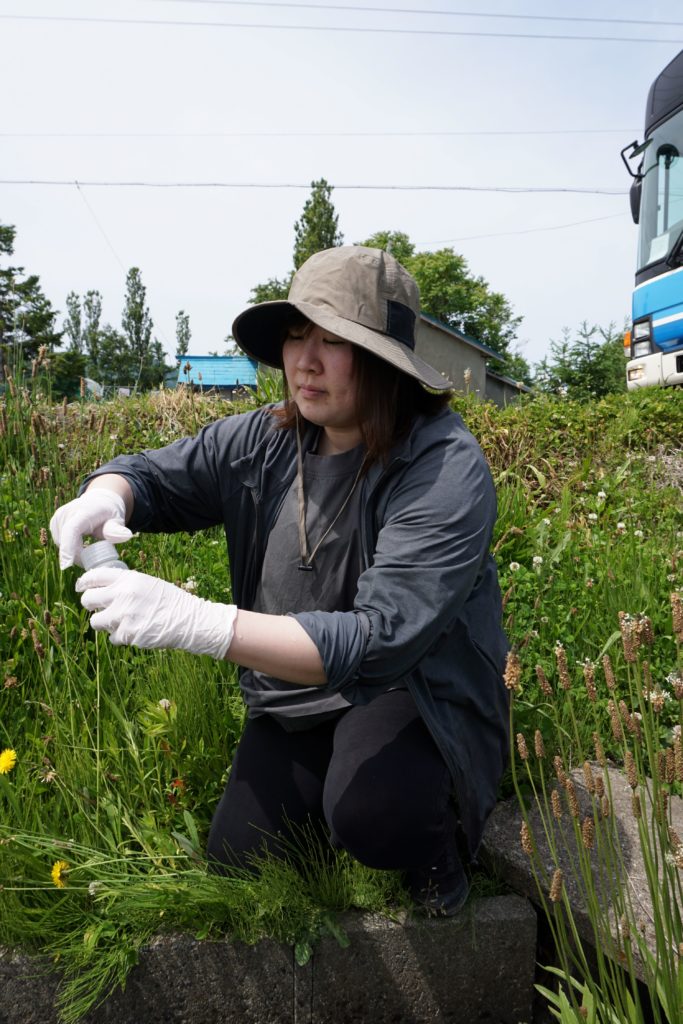
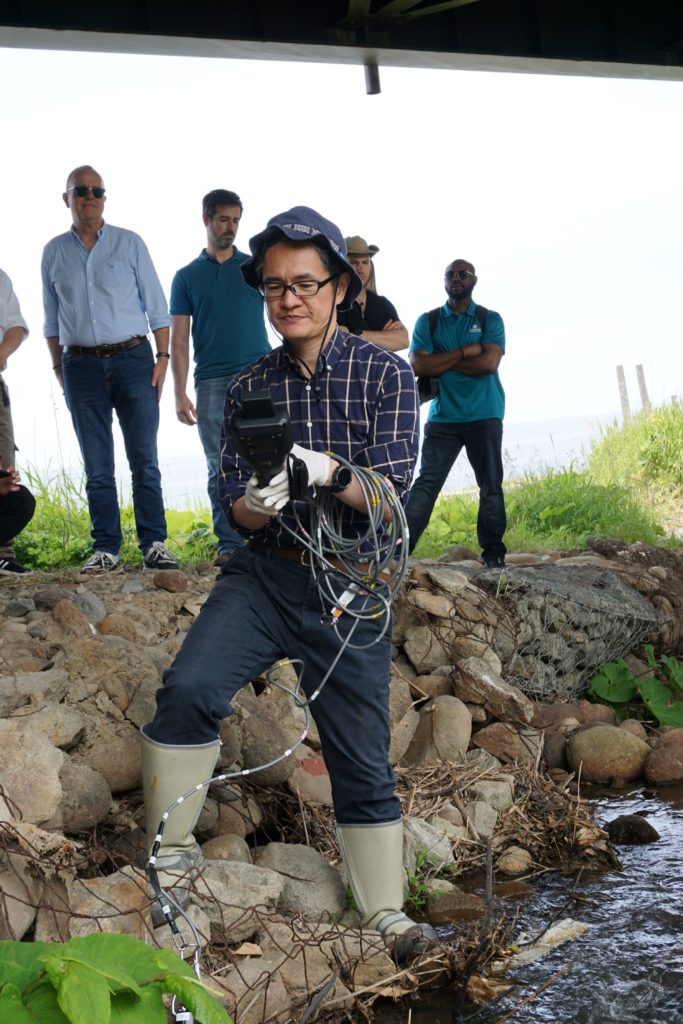

Human interventions and their impact on nature’s cycle(s)…
Eager to learn more about and actually see the impacts that human interventions cause on local marine environments, the group visited Shokanbetsu River. A dam was constructed here, with the goal to restrict salmon migration to spawning grounds as a means to enhance seasonal fishing harvests. However, such structures and their intended activities have interrupted critical components of the local land-sea nutrient cycle: Salmon typically return to their own birthplace in river headwaters to spawn the next generation and then die. Such evolutionary mass die-offs are important for returning critical nutrient-carrying organic materials to the local marine environments and seaweed beds.
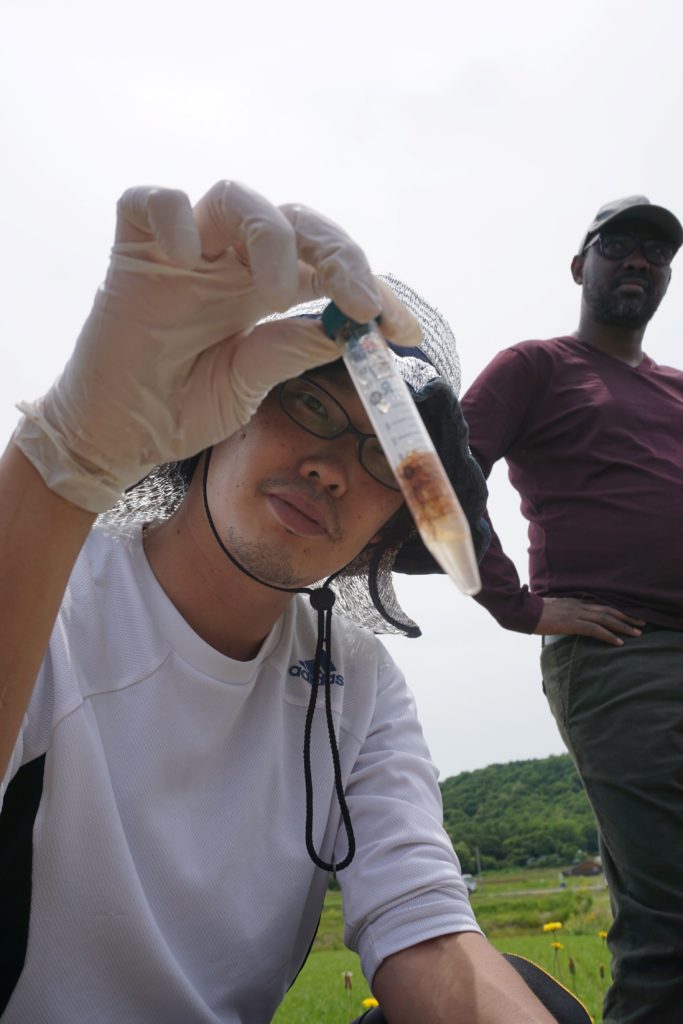
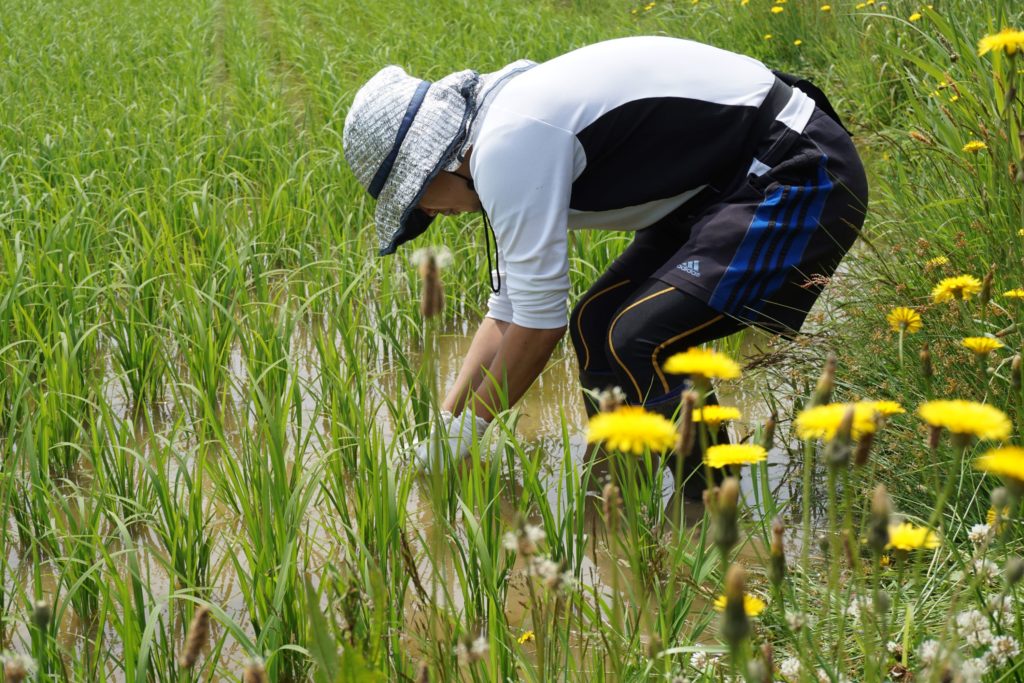

…and local livelihoods
So the whole situation, caused by the dam, led to a decline in fishery productivity and fish stocks, therewith threatening the main livelihood of people in the Mashike region and its fishers.
We had the opportunity to talk to Mr. Nishino from the local Mashie Fishery Cooperative, who elaborated on the local context and impact of human interventions.

In my 50 years of fishing in local waters, I have observed that iron-slag-based seaweed fertilization has been causing an increased seaweed growth at the fishing grounds near the three experimental locations [run by Prof. Yamamoto].
Mr. Nishino, Masie Fishery Cooperative in Mashike
Herring, once an abundant species, has drastically declined in tandem with seaweed depletion. However, since seaweed beds have begun re-growing so has the herring population thanks in part to seaweed bed restoration.
Water quality standards imposed by Japan’s central government have restricted once traditional practices of returning fish carcasses and scraps to the sea, an important nutrient transfer that may have positively benefited seaweed growth.
Mr. Nishino, Masie Fishery Cooperative in Mashike
Our resumé of today: Long-term interventions are required
The seaweed bed restoration project that the ZEF and IPADs students saw today is clear and effective but an expensive undertaking that requires recurrent interventions. It will be considerably difficult to upscale without government support. This is because the revenue potential identified by the project’s blue-carbon certification cannot likely suffice and support these efforts alone. Our conclusion after a discussion with all stakeholders: more interventions with a long-term perspective are required.
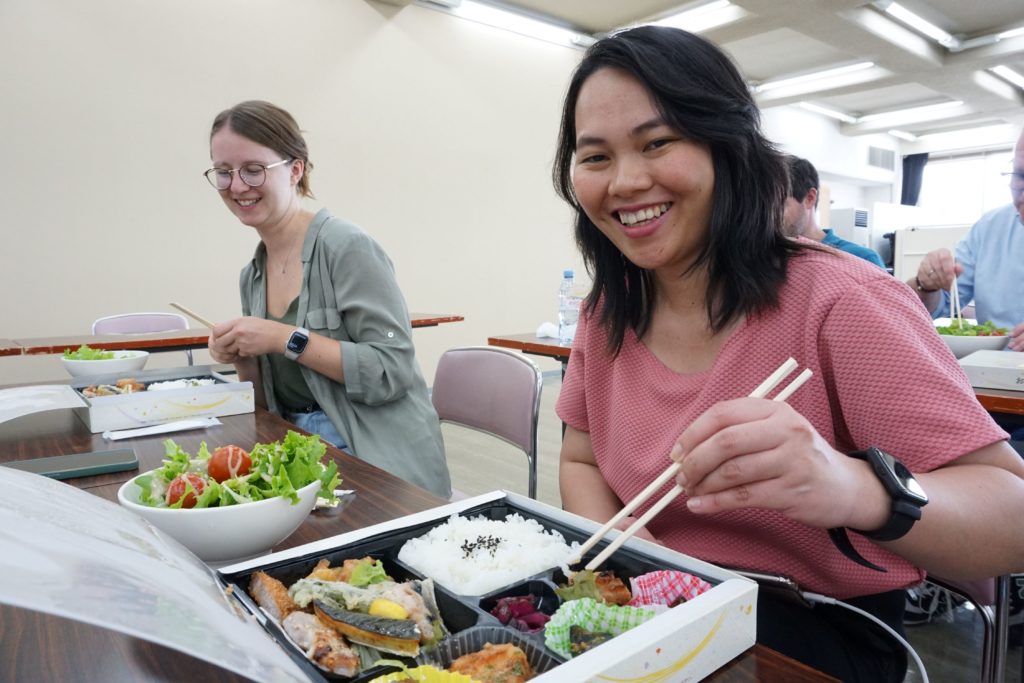
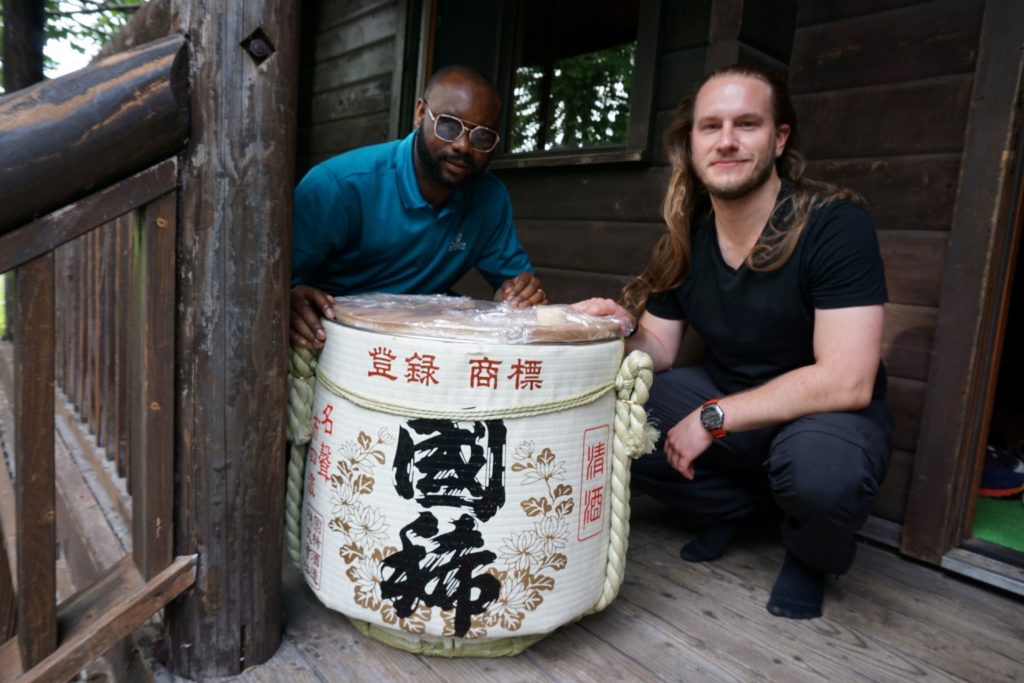
ZEF researchers blog about their research excursion to Japan (June 17-25, 2023). Find general info and excursion’s program on our website here.
Text by: Sakshi Abrol and Trevor Ray Tisler
Photos: Max Voit
